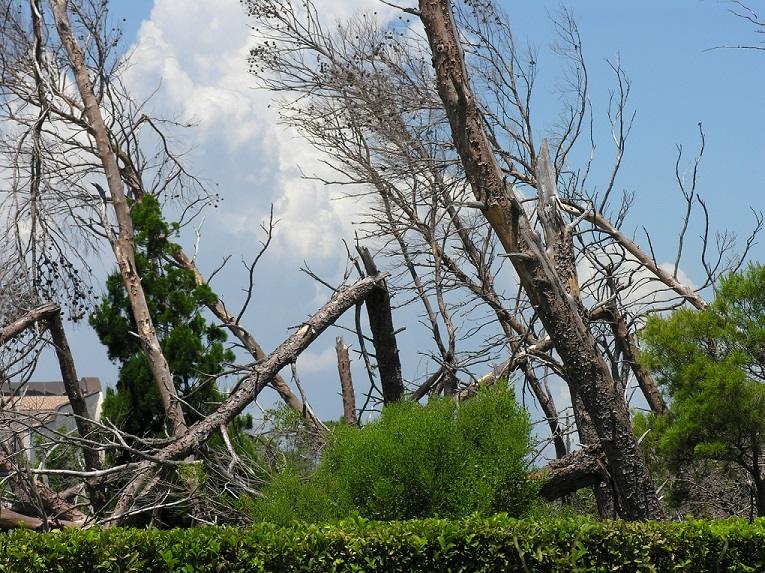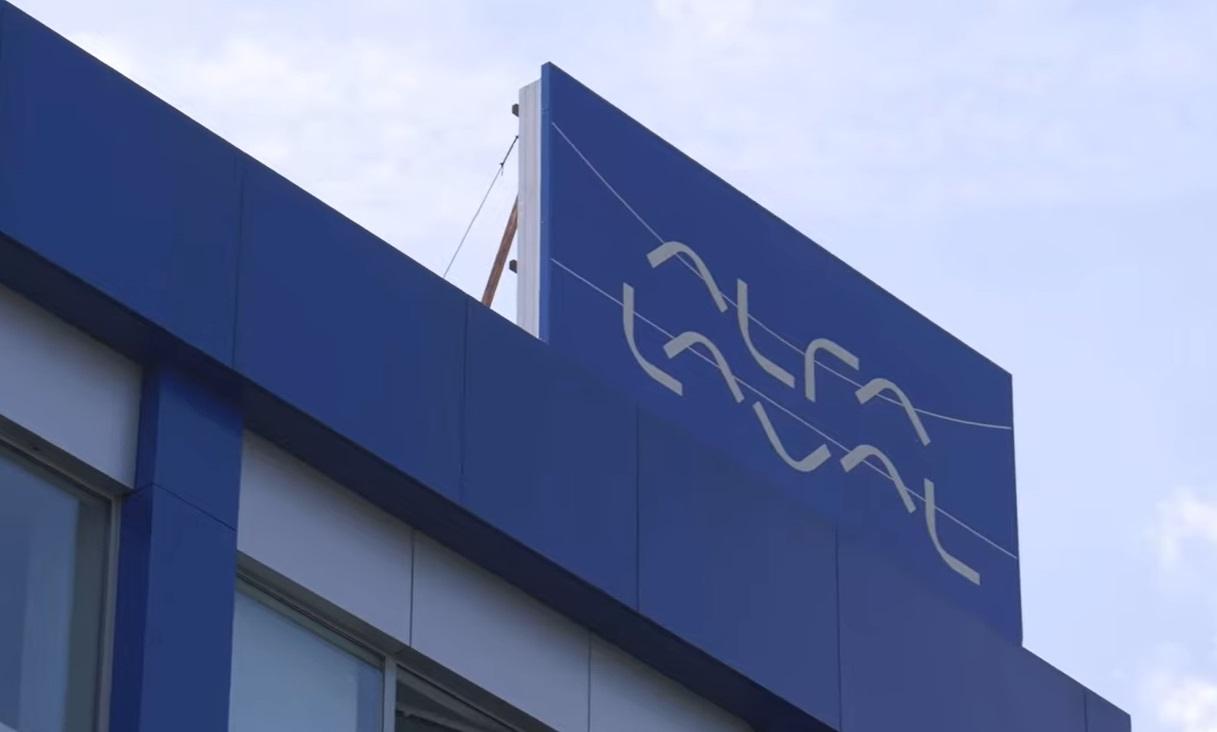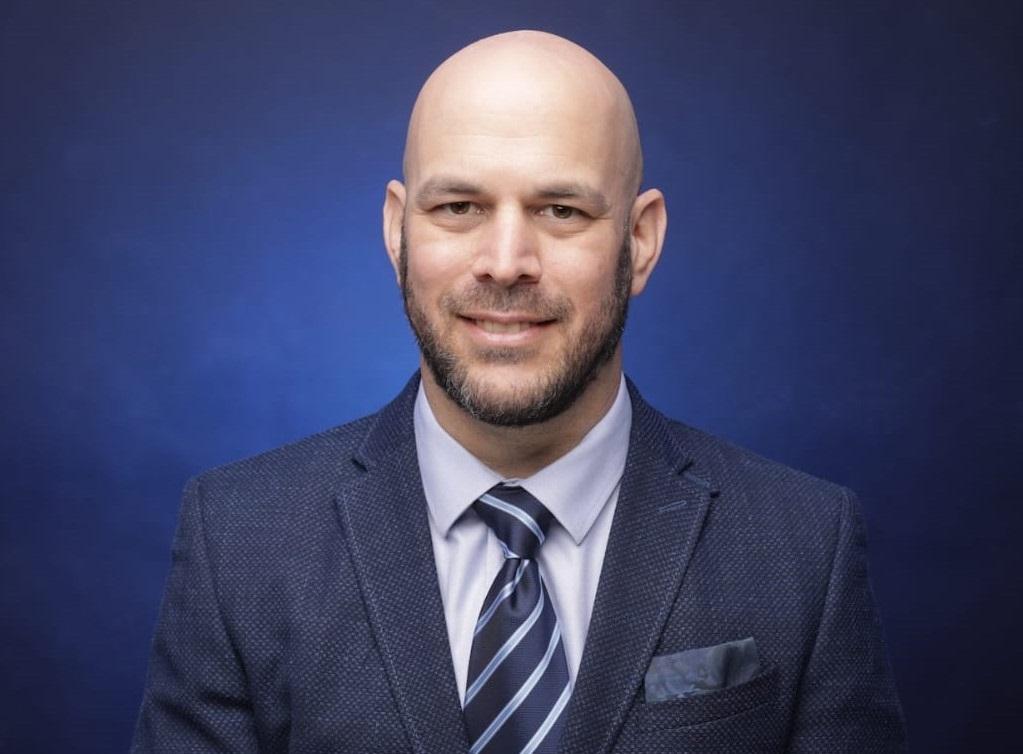Guest Post: Climate Change, Extreme Weather Driving Insurance Urgency
By Anthony Lee, Principal, KPMG Insurance Sector practice
With an increase in significant natural disasters in the first half of 2023, climate change and extreme weather risk are at the forefront for property owners, insurance companies, and regulators.
Insurance broker BMS estimates that this year insurance losses to severe weather have surpassed $26 billion as of mid-July, which is the highest mid-year figure since 2011. The National Oceanic and Atmospheric Administration (NOAA) reports that based on preliminary data there have been 12 confirmed weather and climate disaster events with losses exceeding $1 billion each, including both insured and uninsured. This compares to an annual average of 8 such events from 1980 to 2022.
Major insurance companies have stopped writing new home insurance policies in areas, in some cases entire states, they consider high risk, making it difficult for individuals to buy insurance amid various climate change disasters.
A recent federal report called on state regulators to increase their efforts to address the climate-risk challenging insurers. The report noted that insurers face risk due to their investment in real estate as well as the policies they issue. To help address the ramifications of climate risks in its state, the California Department of Insurance recently held a public workshop to discuss catastrophe modeling and insurance.
How can the insurance industry and its stakeholders navigate the challenges posed by climate change and extreme weather? Collaboration among stakeholders is key. Three critical areas are achieving consensus on adequate insurance rates, developing risk mitigation and collaboration by federal and local governments to strengthen infrastructure.
In a new collaboration, NOAA and the National Science Foundation announced earlier this year that they would jointly create an Industry-University Cooperative Research Center focused on catastrophe modeling and climate change risk assessment to support the needs of the insurance sector.
Insurance rates
California exemplifies the ramification of climate change and extreme weather, such as significant wildfires, on property insurance rates and availability. Insurers would like to use predictions of future wildfire risk as the basis for their rate proposals instead of the requirement that they use historical claims data only. During the state’s recent public workshop on catastrophe modeling and insurance, the nonprofit Consumer Watchdog proposed that California develop a public model to predict wildfires.
Risk mitigation
The insurance industry should continue to increase focus on prevention services for homeowners. For example, the Internet of Things as part of a data and analytics tool, is one way to utilize technology as a prevention method for customers to make homes safer due to the ability to predict and prevent damage from potential natural disasters. We have seen organizations set up early warnings systems using drones, sensors and data and analytics.
The Insurance Institute for Business & Home Safety (IBHS) has shared a few practices for homeowners to establish resilient housing. Tips include regularly cleaning the roof and gutters, using non-combustible fences and gates, fireproofing the deck, and more. By implementing this advice, homeowners stand a better chance of making their houses more resilient to wildfires which could potentially lead to lower insurance rates.
Resilient infrastructure
The impact of extreme weather has increased the urgency for investment in resilient infrastructure. But there are a few challenges. First, a large population of Americans live in flood zones or in rural wilderness areas because they cannot afford to live in other places that are further from potential climate danger areas. Beyond the affordability factor, some Americans have chosen to live closer to or in wilderness areas, or near water, as a lifestyle choice.
Second, there is a lack of quality infrastructure planning and preparedness. According to the 2021 report card from the American Society of Civil Engineers, U.S. infrastructure scored a D. For example, the average age of the nation’s dams is 57 years. By 2030, 70% of the dams in the US will be over 50 years old. While not a reflection on hazard potential, this means that most of dams will not have been built to current or newer standards that improve resilience and reduce risk.
Now there are actions in cities across the country to develop sturdier infrastructure to combat the effects of extreme weather events. For example, residents in New Orleans, Louisiana, developed a plan to build ditches, rain barrels, and dry creeks designed to hold large amounts of water and reduce runoff that could destroy homes. Additionally, the Biden Administration has provided $197 million from the 2021 bipartisan infrastructure law to help communities prepare for wildfires.
Insurance companies can encourage change through sustainability bonds that can support cities and municipalities to act by financing green and other social projects as an incentive. In California, the Forest Resilience Bond, developed by nonprofit investment firm Blue Forest Conservation, is providing cost-effective climate solutions to help communities dealing with the impact of wildfires by shifting the costs of forest restoration from the state’s forest service to private investors.
Investing in sustainability projects can offer insurance companies a competitive advantage in the marketplace while simultaneously contributing to society by supporting climate change mitigation.
Looking ahead
The impact of extreme weather events has caused the insurance market to adjust and rethink its strategy and approach to serving customers. Prevention services should be top of mind for insurance companies to help their customers reduce exposure to disaster. For instance, various insurance companies are providing their policyholders with protection offerings by collaborating with organizations that specialize in risk intervention services. In one example, homeowners in the Western U.S. can have their property inspected for wildfire susceptibility, obtain active monitoring of potential wildfires, and engage risk prevention professionals to implement pre-suppression measures including sprinkler set up and fuel-break preparation, if notified of a fire.
The potential risk calls for a sense of urgency among stakeholders to create more joint strategies to strengthen the industry’s approach to climate solutions to combat the impacts on property owners and the insurance business.





